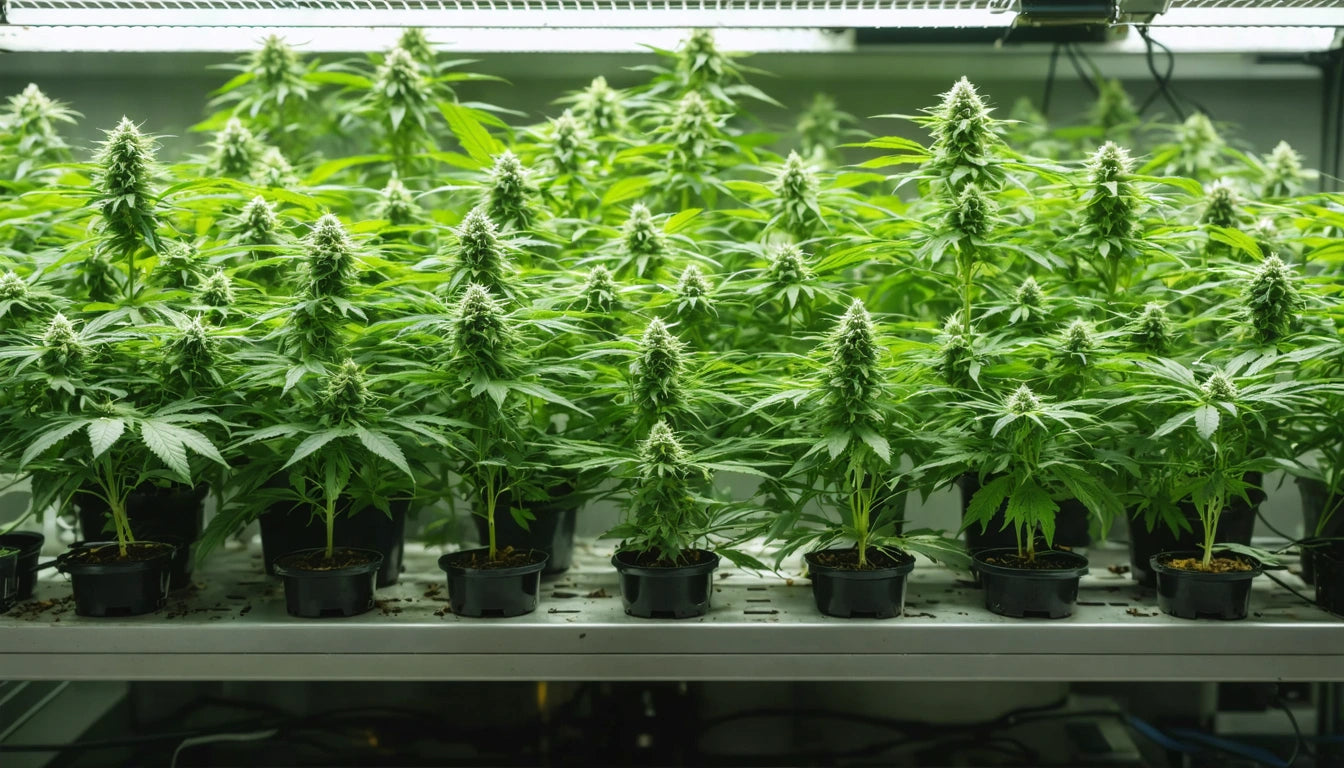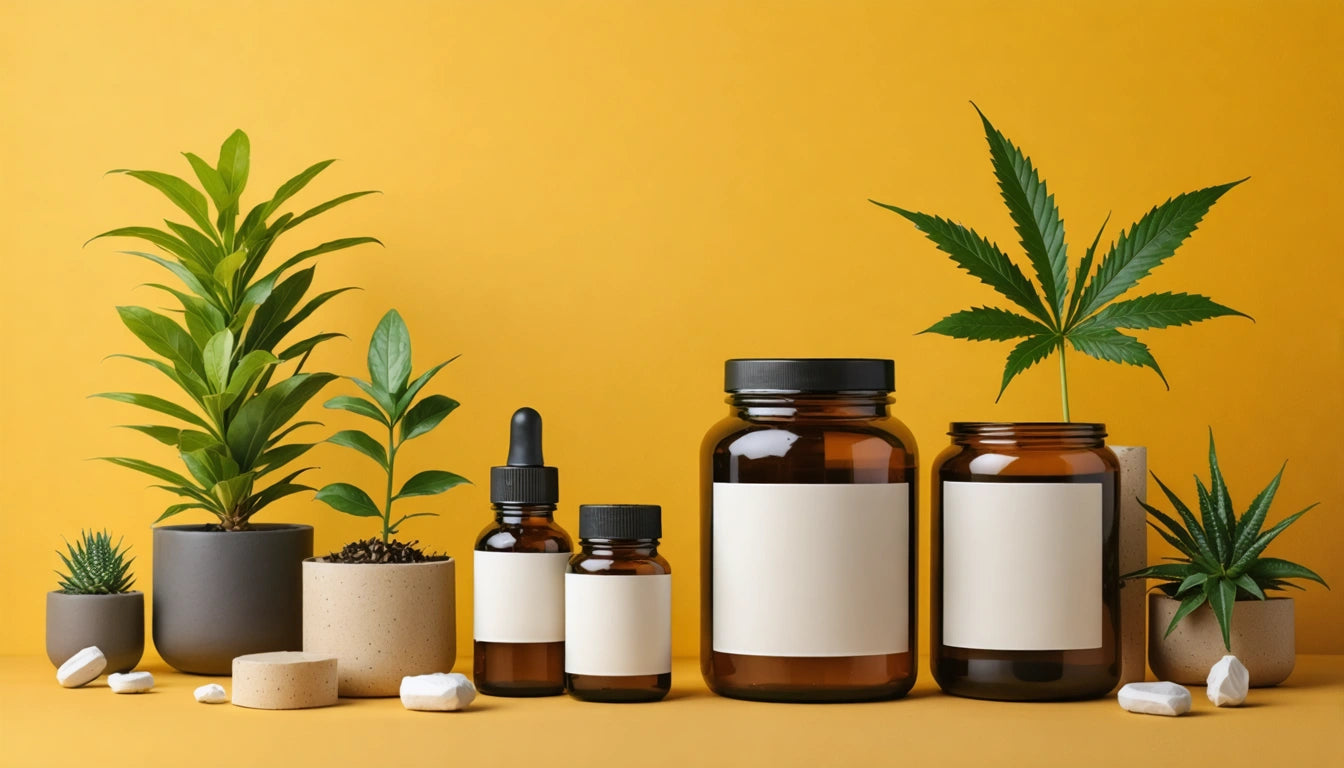Table of Contents
Understanding how long a cannabis high lasts is essential for both new and experienced consumers. The duration varies significantly based on several factors, including consumption method, dosage, and individual biology. Whether you're planning your schedule or trying to gauge when effects will subside, knowing what to expect can help ensure a positive experience.
Typical Duration of a Cannabis High by Consumption Method
The way you consume cannabis dramatically affects how long the high will last:
- Inhalation (Smoking/Vaping): Effects typically begin within minutes and last 2-3 hours. When using products like pre-rolled cones or custom joint solutions, the onset is rapid as THC enters the bloodstream through the lungs.
- Edibles: Effects take 30-90 minutes to begin but can last 4-8 hours or longer, as THC is metabolized through the digestive system and liver.
- Tinctures/Sublingual: When absorbed under the tongue, effects begin within 15-45 minutes and typically last 2-4 hours.
- Topicals: While these don't typically produce psychoactive effects, any localized relief usually lasts 2-4 hours.
For those concerned about duration, starting with the right dosage is crucial, particularly for new consumers.
Key Factors That Influence How Long Your High Lasts
Biological and Individual Factors
Personal characteristics significantly impact your cannabis experience:
- Metabolism: Those with faster metabolisms typically process cannabinoids more quickly.
- Body Mass Index (BMI): THC is fat-soluble, so body composition affects how it's stored and released.
- Tolerance: Regular users often develop tolerance, potentially shortening the duration of effects. Cannabis tolerance builds with consistent use.
- Genetics: Variations in the CYP450 enzyme system affect how individuals metabolize cannabinoids.
Product-Specific Variables
The cannabis product itself contains variables that affect duration:
- Potency: Higher THC percentages typically lead to longer-lasting effects.
- Cannabinoid Profile: The presence of CBD may moderate THC effects, potentially altering duration.
- Terpene Content: Terpenes can influence how cannabinoids interact with your body, affecting the overall experience.
The Timeline of a Cannabis High Experience
A typical cannabis high follows a predictable pattern:
Inhalation Timeline
- Onset (0-10 minutes): Initial effects begin, including altered perception and mood changes.
- Peak (20-30 minutes): Effects reach maximum intensity.
- Plateau (30-90 minutes): Effects maintain at a relatively stable level.
- Decline (2-3 hours): Effects gradually diminish.
- After-effects (3-4 hours): Subtle residual effects may persist.
Edible Timeline
- Onset (30-90 minutes): Initial effects begin slowly as digestion occurs.
- Peak (2-3 hours): Effects reach maximum intensity.
- Plateau (3-4 hours): Effects maintain at a relatively stable level.
- Decline (4-6 hours): Effects gradually diminish.
- After-effects (6-12 hours): Subtle residual effects may persist, particularly with high doses.
If you ever feel your high is too intense or lasting too long, there are several strategies to help manage the experience.
Managing the Duration of Your Cannabis Experience
If you're looking to control how long your high lasts, consider these approaches:
- Microdosing: Consuming very small amounts can provide mild effects with shorter duration.
- CBD Counterbalance: CBD may help moderate THC effects, potentially shortening intense highs.
- Consumption Method Selection: Choose inhalation for shorter experiences or edibles for longer-lasting effects.
- Hydration and Food: Staying hydrated and eating can help metabolize cannabinoids more efficiently.
Remember that while you cannot "turn off" a high once it begins, planning your consumption method and dosage can help ensure the duration aligns with your schedule and preferences.
Detection Window vs. High Duration: Important Distinctions
It's crucial to distinguish between how long you feel high and how long cannabis remains detectable in your system. While effects typically subside within hours, cannabis can be detected in your system for days or weeks after use, depending on the test type:
- Urine: 3-30 days (depending on frequency of use)
- Blood: 1-2 days
- Saliva: 24-72 hours
- Hair: Up to 90 days
This extended detection window has important implications for workplace testing and legal situations, even though the psychoactive effects have long since disappeared. Similarly, driving after cannabis use should be approached with caution, as impairment may last longer than perceived effects.
Understanding both the subjective duration of effects and the objective detection window helps consumers make informed decisions about when and how to use cannabis responsibly, ensuring both enjoyment and safety.











Leave a comment
All comments are moderated before being published.
This site is protected by hCaptcha and the hCaptcha Privacy Policy and Terms of Service apply.